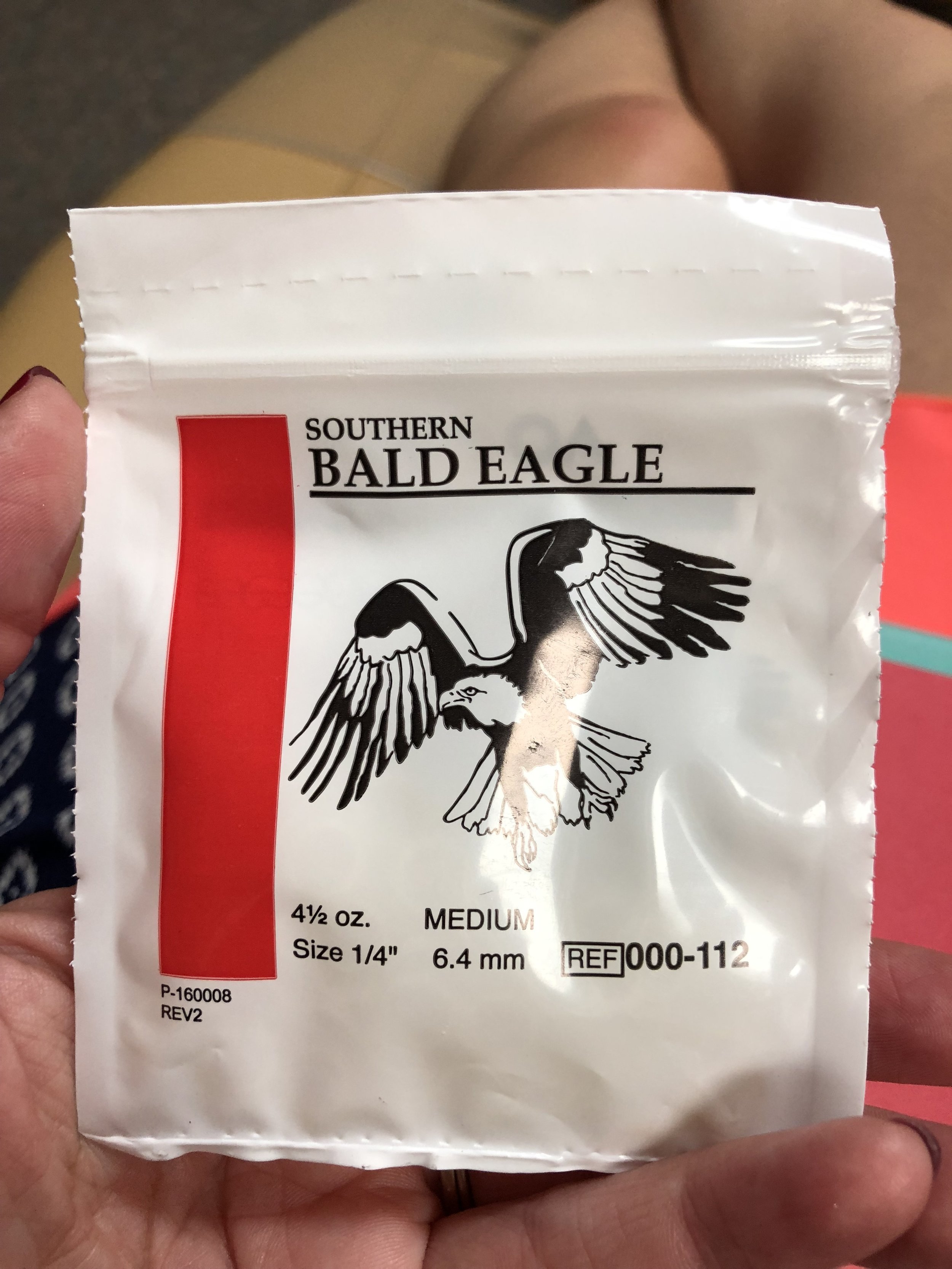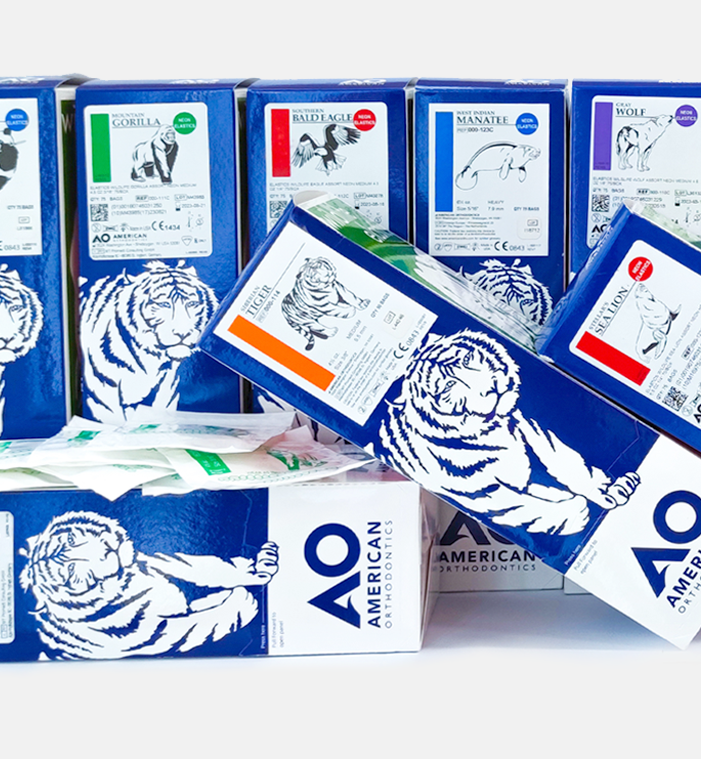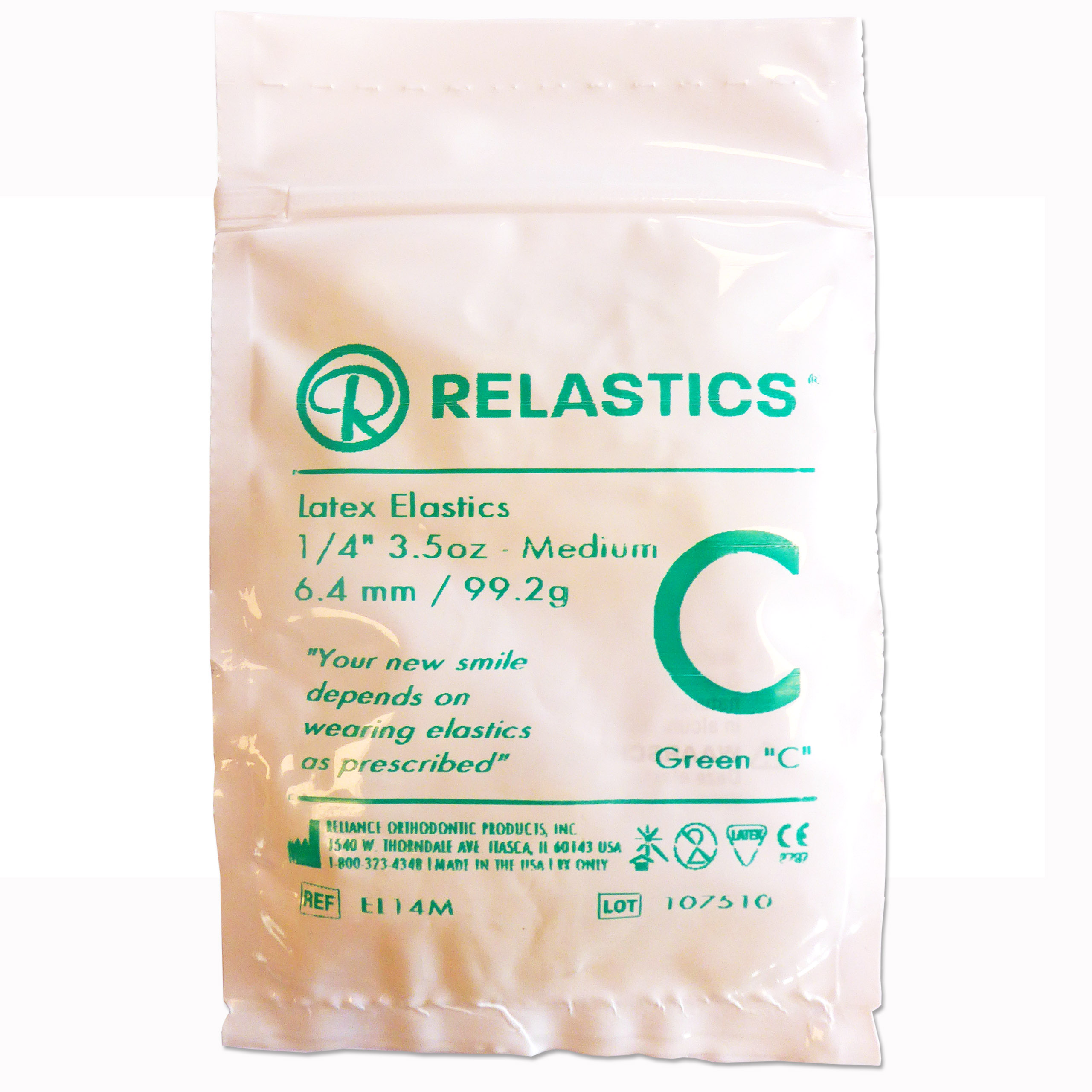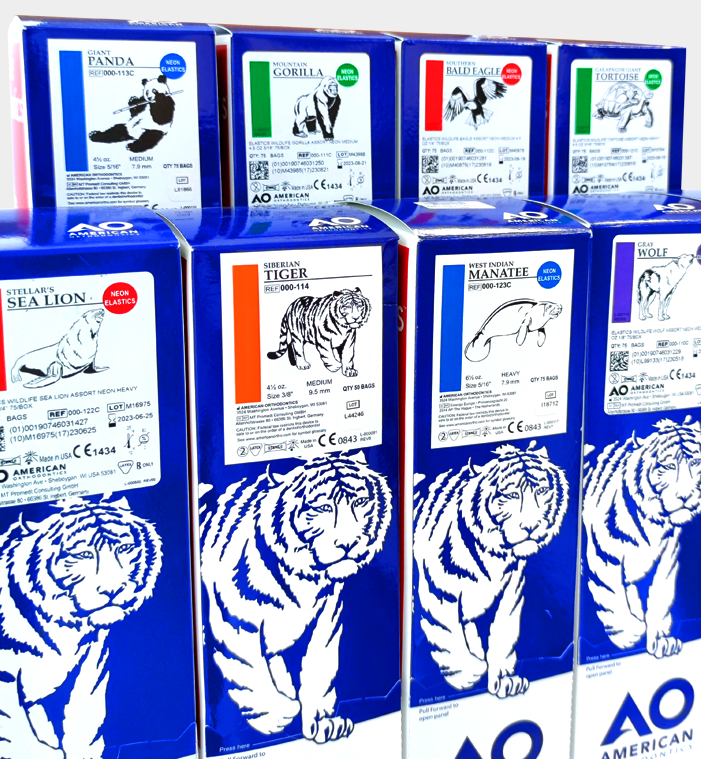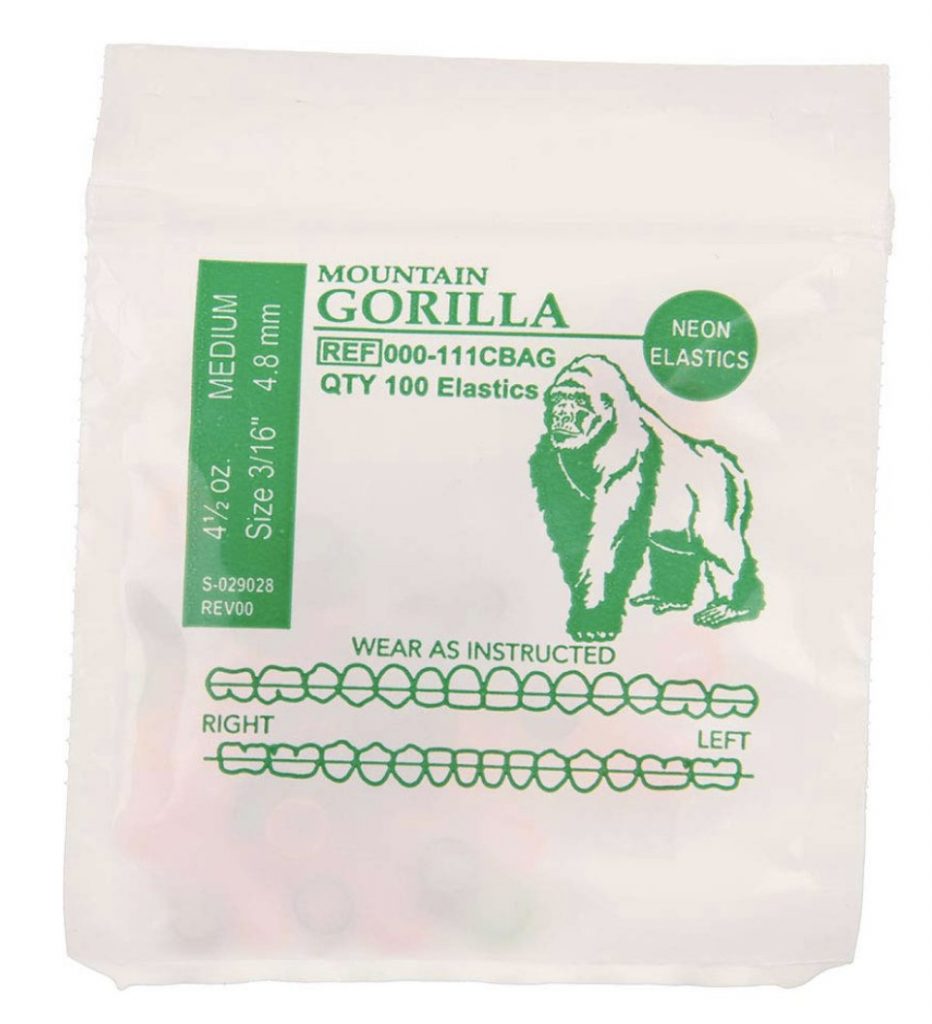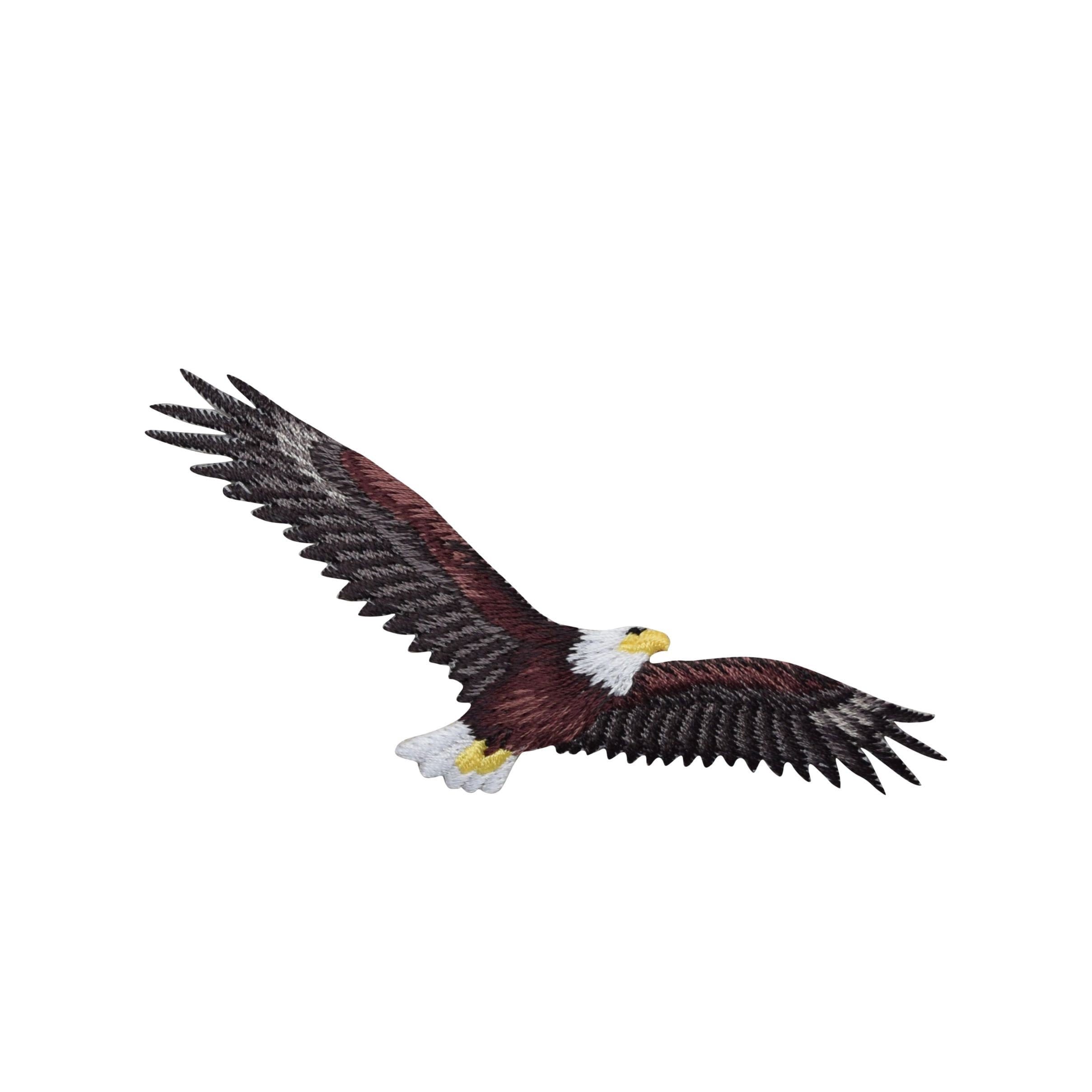Southern Bald Eagle Orthodontic Elastics

A team of wildlife rehabilitators in southern Florida recently encountered a unique challenge: removing orthodontic elastics, commonly used for braces, from the beak of a juvenile Southern Bald Eagle. The incident, while unusual, highlights the growing threat of human-generated waste to wildlife, even apex predators.
This article examines the eagle's rescue and rehabilitation, the potential source of the elastics, and the broader implications for conservation efforts.
The Rescue and Initial Assessment
The eagle, estimated to be approximately six months old, was first spotted by local residents near a popular fishing area in Charlotte County. Observers noted the bird appeared distressed and was struggling to eat.
Florida Fish and Wildlife Conservation Commission (FWC) was notified, and they quickly coordinated with local wildlife rescue organization, the Clinic for the Rehabilitation of Wildlife (CROW).
Upon capture, veterinarians at CROW discovered the multiple small, colorful orthodontic elastics tightly lodged around the eagle's beak, preventing it from fully opening and feeding properly.
The Removal Process
The team carefully and meticulously removed the elastics, which had caused some minor abrasions and swelling.
"The elastics were quite embedded,"explained Dr. Heather Barron, CROW's Medical and Research Director, in a press release.
"We had to be very careful not to cause any further damage to the delicate beak."
Following the removal, the eagle was given supportive care, including fluids and medication to reduce inflammation. Within a few days, the eagle was eating on its own.
Possible Sources and Environmental Impact
The exact source of the orthodontic elastics remains undetermined. However, investigators speculate that they were likely discarded improperly, either directly into the environment or through unsecured trash.
These elastics are small and brightly colored, making them attractive to birds, particularly young and curious ones. Bald eagles, while apex predators, are not immune to the dangers of ingesting or becoming entangled in human trash.
The incident underscores the broader problem of plastic pollution and its detrimental effects on wildlife. Many animals ingest plastic, mistaking it for food, which can lead to malnutrition, internal injuries, and even death.
Implications and Conservation Efforts
This isolated case serves as a reminder of the importance of responsible waste disposal and the interconnectedness of human actions and wildlife health.
Organizations like the FWC and CROW continuously emphasize the "Reduce, Reuse, Recycle" mantra and advocate for stricter regulations on plastic waste management. Educating the public about the dangers of littering and promoting responsible disposal habits are crucial steps in preventing future incidents.
The rescued eagle spent a short time in rehabilitation to ensure it fully recovered. It was successfully released back into its natural habitat.
This successful rehabilitation offers a hopeful message, but it also highlights the ongoing need for vigilance and proactive measures to protect Southern Bald Eagles and other vulnerable species from the pervasive threat of human-generated waste.
